Swedish coffee culture (fika) is an internationally known phenomenon by now, and Finns always seem to be crowned “most coffee-addicted nation” in consumption-related data. And don’t even get me started on the boozy variety of Scandinavian coffee (kask/karsk). So what’s going on, are Nordic people coffee-crazy? In a word: Ja.
How Much Coffee Do the Nordic Countries Drink?
Nordic countries are among the heaviest coffee drinkers in the world, repeatedly placing in the top when coffee consumption is calculated or estimated. Finns consumed the second most coffee in the world in 2020 (7.8 kg per person), followed by the Swedes (7.6 kg) and Norwegians (6.6 kg).
Est. Avg. Coffee Consumption Per Capita 2020 (in kg)
Source: Statista Consumer Market Outlook 2020
Statistics coming from Finland’s Coffee & Roaster’s Association (Kahvi- ja paahtimoyhdistys) in 2018 show that the coffee-hooked Finns (who consumed most coffee in the world that year) drink on average three and a half cups of coffee per day, followed by Swedes (3.2 cups), Danes (3.1 cups) and Norwegians (3.1 cups).
Average number of cups of coffee consumed per day in the Nordics
Source: Finnish Coffee Roaster Association 2018
Furthermore, a 2020 poll by OKQ8 shows that 86% of 18 to 79-year-old Swedes drink coffee, with 61% drinking multiple cups per day. This is corroborated in a separate 2018 poll by Löfbergs Lila which saw 82% of Swedes claiming to be coffee drinkers.
The same study reveals that Swedish men especially drink a lot of coffee, with one in four men aged 45-59 drinking more than 5 cups of coffee per day.
So Why Do Nordic People Drink So Much Coffee?
There are a few different factors behind the Nordic coffee craze, and they center around social etiquette, workplace culture, perceived health benefits, and of course the addictive nature of caffeine.
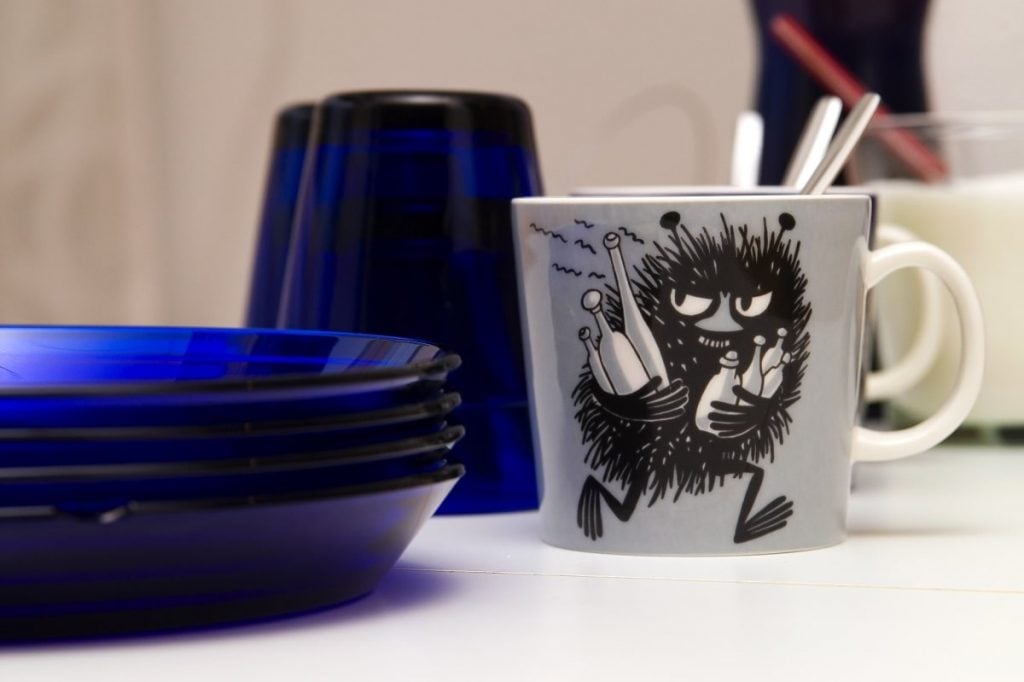
Coffee Is an Important Part of Scandinavian Social Etiquette
When Nordic people invite someone over to their home or place of work, it is expected throughout society (from construction workers to politicians) that there is some type of coffee, and preferably pastries, to be had together. It is ok to opt out of the coffee and go with tea or even water instead, but not common.
Almost nine out of ten Swedes will take the coffee anyway, as many different polls show around 85% of Swedes identifying as coffee drinkers. In some parts of the Nordics it might even be considered rude to turn down the coffee.
And this isn’t just my personal experience (wherever I’ve gone and lived in the Nordics), but scientifically researched habits that have been of interest to scholars of many different disciples for many years now.
We really like to sit down and have coffee when we meet in the Nordics, and as recent science would have it that seems to be a fairly healthy thing to do as well both socially and physiologically speaking.
What Do Scandinavians Eat With Their Coffee?
Throughout my life I’ve been served pretty much the same type of fika (coffee and pastries) wherever I’ve been in the Nordic region: Drip coffee (with milk & sugar offered) and some type of cookie, pastry, bun, roll, or other homebaked delicacies.
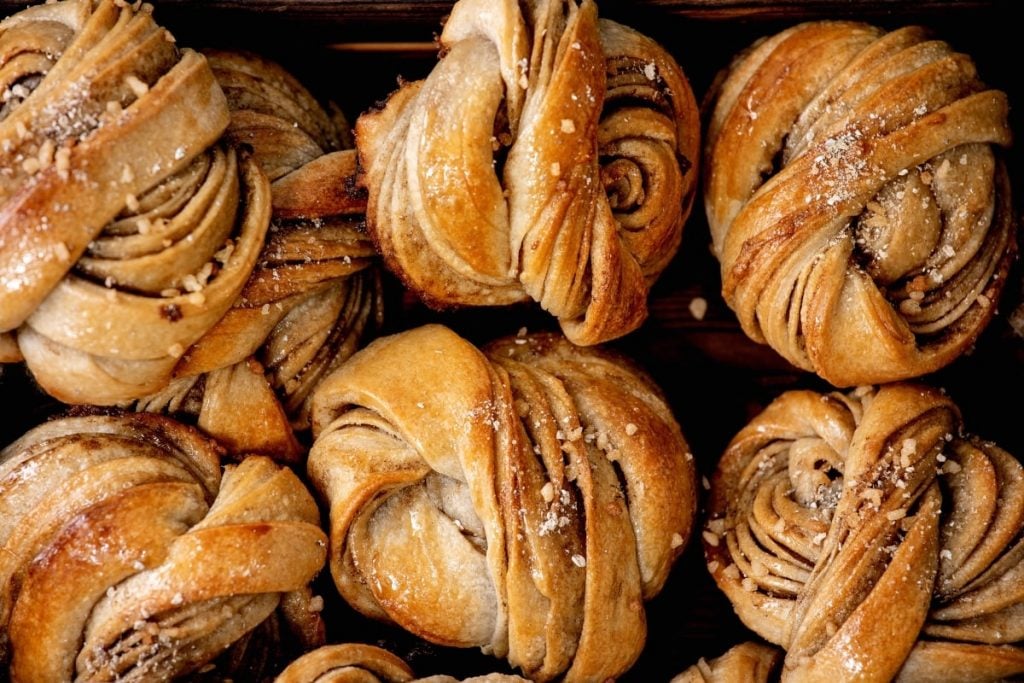
At the very least a pack of cookies or cinnamon buns from the convenience store (for example Gifflar, small cinnamon rolls, or chocolate- or jelly-filled Ballerina cookies), and if it’s an especially joyous occasion there could definitely be fancy pastries from a local bakery (a.k.a. Köpekakor).
The most popular pastry choice among Swedes when they are looking for a coffee companion during their fika break is by far kanelbullar (cinnamon buns). Almost one in three Swedes say they prefer cinnamon buns with their coffee, followed by danish pastries (8%), chocolate balls (7%), and muffins (2%).
Do Swedes Really Celebrate Cinnamon Roll Day?
On October 4th every year, all of Sweden flock to the bakeries to enjoy a traditional kanelbulle (or why not a more advanced option like kardemummabulle – a cardamon bun). According to Sveriges Bagare (the Swedish Baker’s Association) we eat around 7 million cinnamon rolls in Sweden on this day (there are around 10.5 million Swedes).
It helps that they are fairly (well I’ve managed to fail a few times, but I’m definitely no master baker) easy to bake, so most families bake them together and eat them together, with the kids usually pairing them with a glass of saft (juice-like sugar drink) if it’s a decent occasion.
Milk, Sugar, or Why Not Booze? How Scandinavians Take Their Coffee
Nordic people prefer to drink black drip coffee, illustrated by 46% of Swedes choosing black drip coffee as their preference in a 2020 poll. This is followed by drip coffee with milk, picked by 27% of Swedes. Interestingly, not a single person in the poll preferred decaf coffee.
Another, much less socially accepted, way Nordic people across the region have had their coffee for ages, is mixed with alcohol of pretty much most kinds, with home-distilled/moonshine being a favorite in the more rural Nordic areas, and cognac being preferred by the upper-middle class.
This boozy way of having coffee is called kaffekask/kaffegök/kaffehalva in Sweden, and kaffekarsk in Norway. Here’s how you make it:
☕🥃 Scandinavian Boozy Coffee (Kaffegök)
This is the way I’ve been taught to make the boozy Scandinavian coffee that is sometimes called kask or karsk. There are more ways to do it, but there is a finesse and simplicity to this method that I really like.
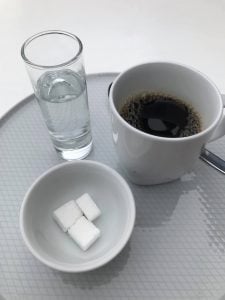
Total Time Needed :
10
Minutes
Required Tools:
Ingredients:
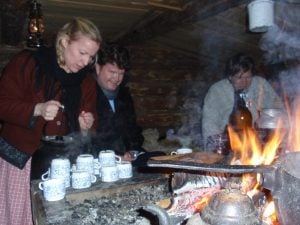
How Do Scandinavians Make Their Coffee?
Nordic people generally make drip coffee when having coffee socially, brewed in a regular drip coffee maker, with the occasional espresso-based coffee if you are out and about. Espresso capsules are becoming more popular, but the machines can cost quite a bit so it’s nowhere near as popular as drip coffee.
Here are the most popular ways to make coffee in Sweden according to Swedish food market giant ICA:
- Ground Beans (77%): Mostly brewed in drip coffee brewers
- Quick coffee (12%): Surprinsgly effective when in a hurry
- Espresso Capsules (5%): Rising in popularity due to simplicity
- Whole Beans (3%): Freshly ground tend to taste a bit better
- Other (3%)
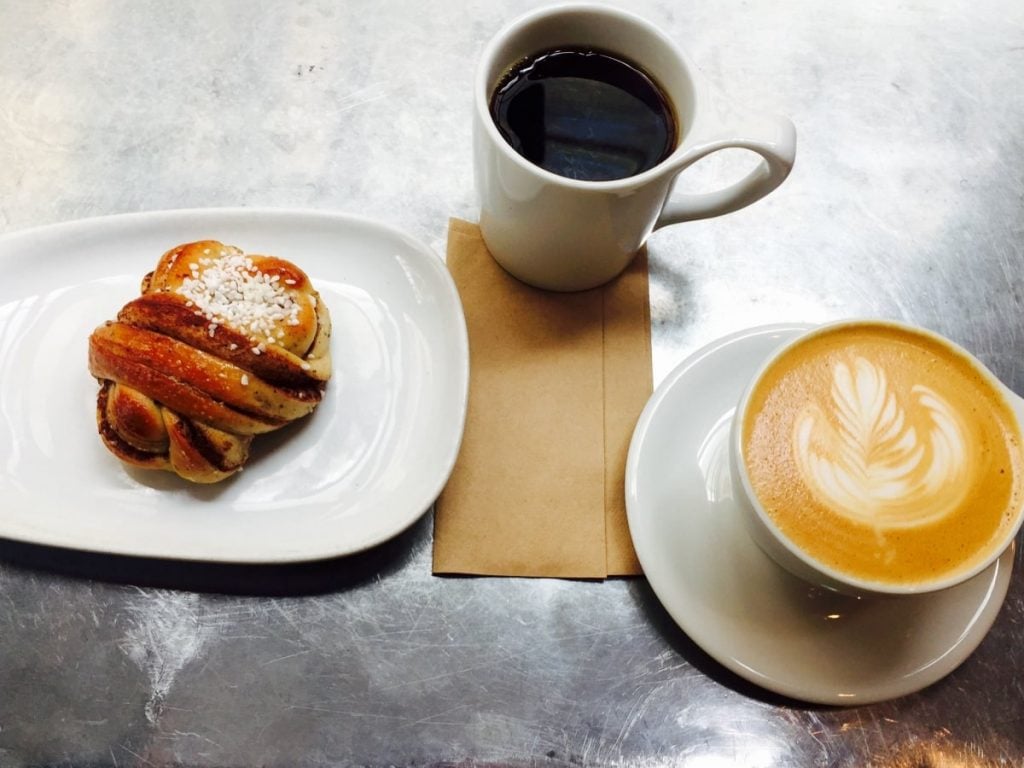
Why Is Swedish Coffee So Good?
The main characteristic of Swedish coffee is that it is especially strong and usually a fairly dark roast. In some regions there is also unique levels of certain minerals in the water which may influence the flavor a bit, and can create unique flavors when combined with local coffee roasts that complements the water.
Also, you may have liked it simply because you’ve gotten the boozy variety, in which case you should try making your own (responsibly) by following the instructions further up in the article.
American Coffee vs. Scandinavian Coffee
American coffee is generally not as strong as Scandinavian coffee is, and is brewed on a lighter or medium roast as opposed to the darker roast Scandinavians prefer.
There is also a much stronger culture of take-out coffee in the US than in Sweden, which has skewed the US market more towards Espresso-based coffees instead of the drip coffee that is dominating in Sweden.
Best Nordic Coffee Brands
The following Swedish coffee roasts have won taste tests in recent years or personal favorites of myself, and some of them are even available for purchase in the US:

Love Skåne NP Recommends
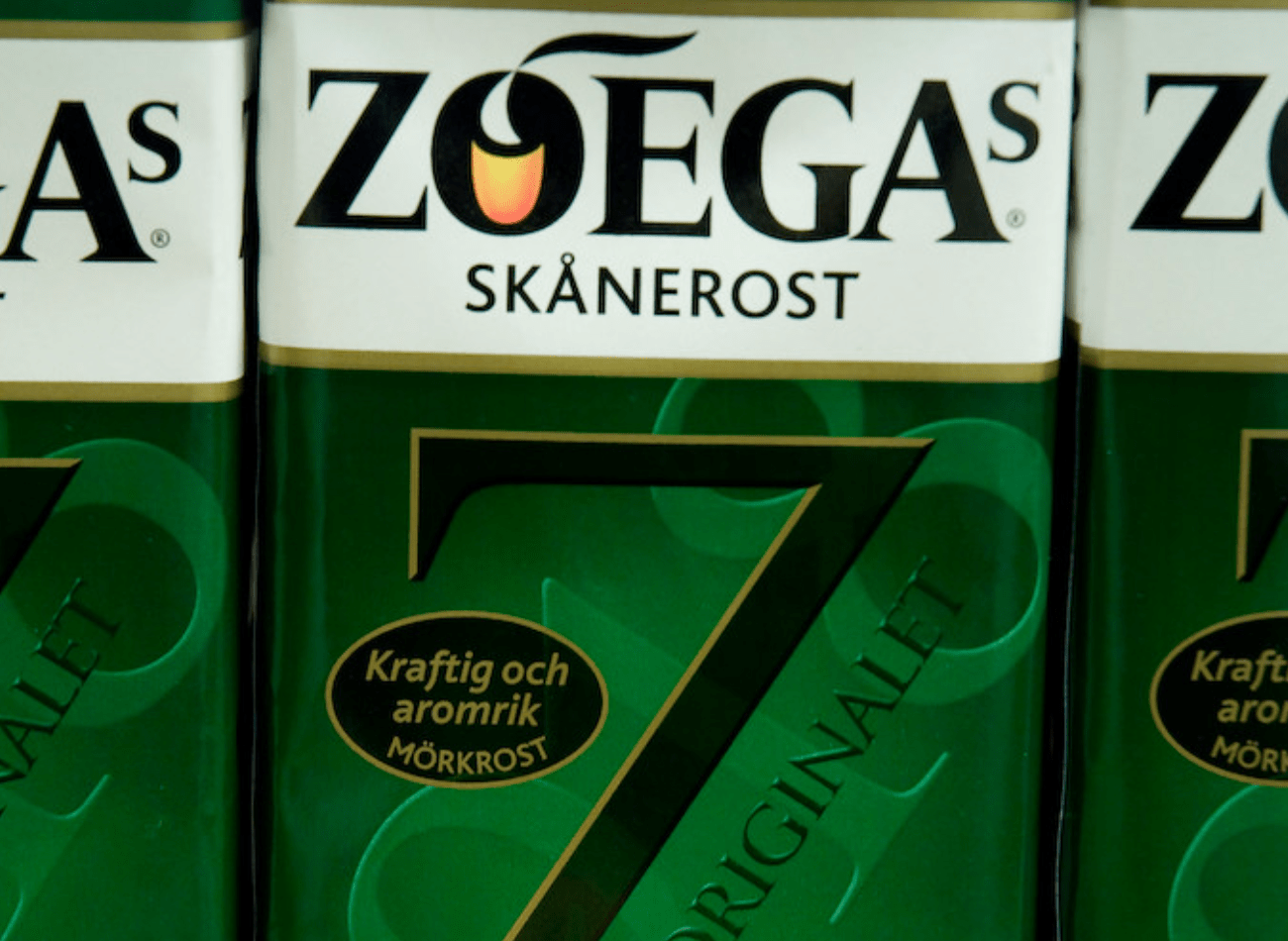
Zoega's Skånerost
↗️ Check prices on Amazon

Lilla Kafferosteriet Bistroblandning
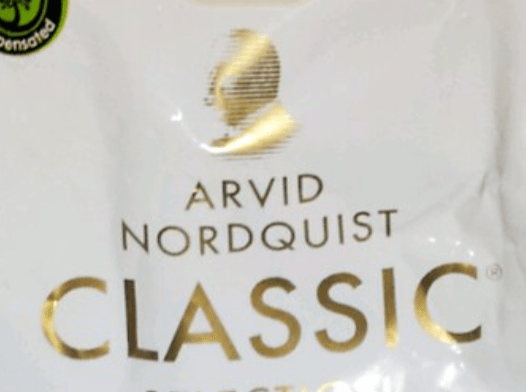
Arvid Nordquist's Classic
↗️ Check prices on Amazon

Löfbergs Lila Jubileum Medium Roast
↗️ Check prices on Amazon

Solde Mästers Kaffe
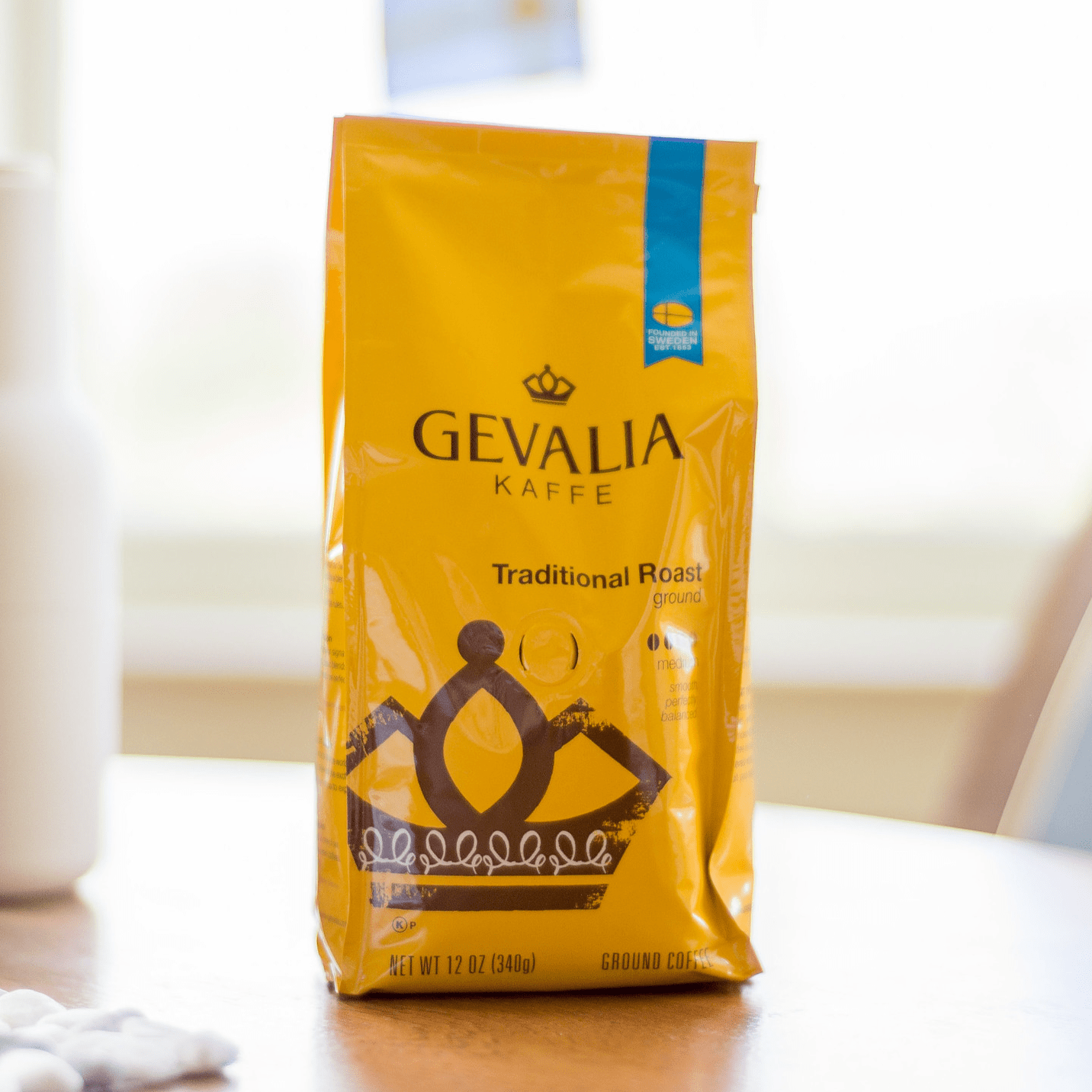
Gevalia Medium Blend
↗️ Check prices on Amazon
The following three are my personal favorite Swedish coffee roasts that go especially well with water from southern Sweden and that can be easily found in or around Malmö (the largest city in Southern Sweden):
- Zoegas Skånerost (“Scanian” Dark Roast)
- Solde Mästers Kaffe (Dark Roast)
- Lilla Kafferosteriet Bistroblandning (Medium/Dark Roast)
Sources:
https://ki.se/forskning/nyfiken-pa-kaffe
https://www.statista.com/chart/8602/top-coffee-drinking-nations/
https://storymaps.arcgis.com/stories/aa41c7be4817444a9cd10d97af160b63
https://www.ico.org/prices/m5-imports.pdf
https://population.un.org/wpp/
https://www.kahvi.fi/kahvi-lukuina/kahvin-kulutus-suomessa-2.html
https://www.lofbergs.se/nyheter/300-miljoner-liter-kaffe-i-slasken-varje-ar/
https://www.okq8.se/medlem/artiklar/svenskarnas-kaffevanor/

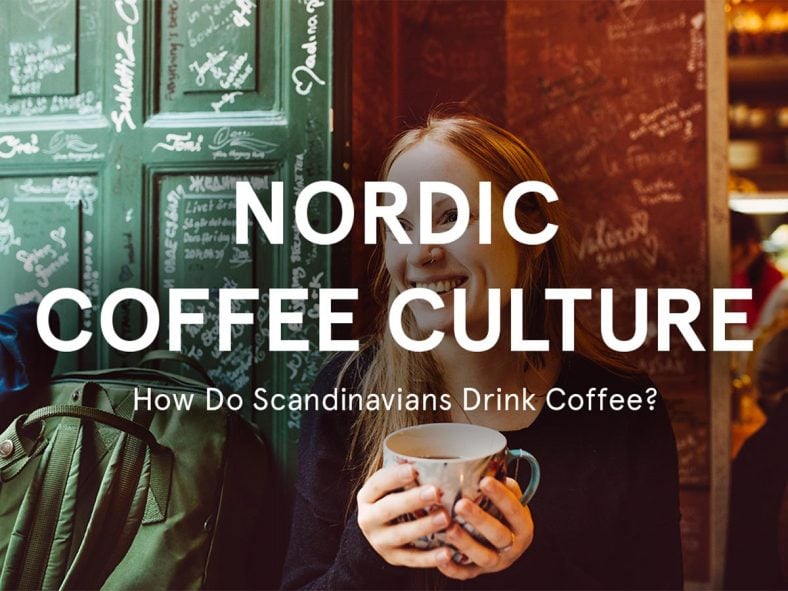
1 comment